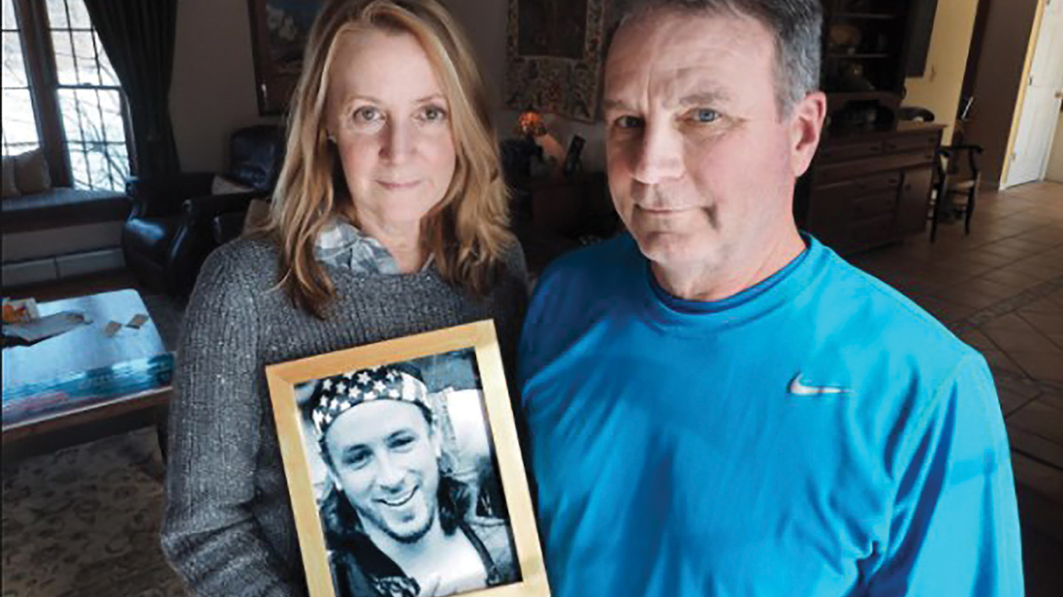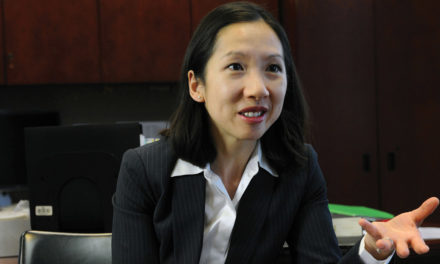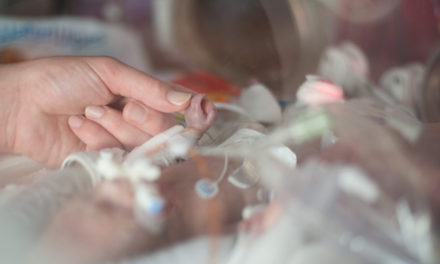“We’ll never be whole again.”
Jim Moser of East Kingston, N.H., says he and his wife Jeanne were left forever fractured by the death of their oldest son, Adam, on Sept. 19, 2015. They received the news at 4 a.m. when a state trooper knocked on their front door. His message was as sudden and shattering as a lightning bolt: Adam, 27, had lost his life to an apparent fentanyl overdose.
“He was a great kid. If you gave him five minutes, you liked him,” Moser says.
Look back at pictures and video of Adam’s life—or just listen to his friends and family talk about him—and it’s readily apparent he was blessed with an abundance of natural gifts. He had brains, securing an actuarial science degree from Temple University. He was also athletic, starring for the Exeter High School football team and garnering minor celebrity status by landing a role as a fisherman on National Geographic’s reality TV series Wicked Tuna. And yes, he was the proverbial life of the party. His charisma was so powerful that half a dozen people called Adam their “best friend” in a video produced after his death.
“The reason it bothers us so much is Adam wasn’t an unhappy person,” Moser tells Citizen. “You know, he fooled around—a kid—and got himself hooked on prescription opioids.”
The Mosers have spent much of the nearly three years since Adam’s death retracing his, and their, steps. One reason it was such a shock was that they had no idea he was battling opioid abuse. They couldn’t understand why such a bright young man bounced around from job to job, never considering the possibility that it could be connected to anything so serious.
The truth, which Adam hid from them, was that he couldn’t pass a drug screen.
Adam’s struggle, his parents have since learned, began in college.
“You don’t like to think your child would go to these things, but some do, and he went to an OxyContin party,” Moser says. “And they mixed that with a couple beers and they had a little fun. So you can pass it off to the experimental stage of life. We as parents feel that if we could’ve made him understand that OxyContin has a powerful draw …” he trails off, then finishes.
“We just feel as parents we didn’t do a good job of informing him of the risks he was taking.”
A New Goal: Zero Left
Jim Moser was already scheduled for knee surgery before Adam’s passing. He decided to keep it on his calendar afterward, figuring the lengthy recovery would provide time to process and grieve Adam’s death before easing back into his work as a surgical technologist at a hospital.
The surgery was successful. So was the recovery. Though he was prescribed OxyContin and Vicodin to mitigate his post-operation pain, Moser realized that after 10 days, he didn’t need the pills anymore. He had been prescribed roughly 100 more than he needed, so he flushed the extras down the toilet.
In an instant, Moser became frustrated with himself. He knew flushing the painkillers down the toilet wasn’t the best way to get rid of them. But that wasn’t all that bothered him.
Another flash of insight came to mind: That having leftover medication but no plan for its disposal had surely played out in countless homes around the country. How many people were potentially creating environmental hazards the way he just had? Even worse: How many others were unwittingly creating risks by leaving the medications stored in their homes where any member of the family could access them?
The latter question hit Moser especially hard. Between them, he and Jeanne had undergone roughly half a dozen surgeries over several years. They stored their leftover narcotics in a kitchen cabinet “right next to the Advil, brown sugar and cake sprinkles,” he remembers.
Though Adam’s opioid struggles began away from home, he used his parents’ leftover narcotics to feed his addiction whenever he was at their house. “Our behavior was completely inappropriate,” Moser says. “Our medicine cabinet was our kitchen cabinet.”
The Mosers knew they had to do something about this education gap. Jim spoke with Dr. Thomas McGovern, the surgeon who operated on his knee. Right then and there, McGovern committed to tell every future patient about the dangers of opioids, and to provide a way to make sure they had no excess pills left after recovery.
That was the beginning of a groundswell: Many in New Hampshire’s health care industry were drawn to the Mosers’ passion and vision. And so, in March 2017, the Zero Left initiative was born, with the help of McGovern and Exeter Hospital.
“It is about having zero pills left for the medicine cabinet,” Moser explains. “Eighty percent of heroin/fentanyl users begin their journey with prescription pills, as our son did. The goal is to cut off the supply for the Adam Mosers of the world.”
Zero Left now has a presence in five hospitals in New Hampshire, and the Mosers hope it will go statewide.
“When [patients] are introduced to the surgery, they’re told they’re going to be getting narcotics—[that] they can help with the pain. But also [they’re told about] the risks,” Moser explains, noting that practice became state law in 2016.
Health care providers involved in the Zero Left campaign also give patients deactivation bags to help them dispose of leftover medications safely.
The scope has also expanded beyond hospitals. Zero Left has installed medication take-back boxes throughout the state where anyone can dispose of unused or expired prescription opioids.
Though exact numbers are hard to pin down, Moser says there’s evidence Zero Left is working. In the first month of the program, which began in June 2017, participating hospitals asked patients receiving opioid prescriptions to fill out business reply cards. The 20 percent who returned the cards reported they had disposed of more than 1,000 pills collectively in just that month alone.
More Than Just Disposal
Zero Left is about more than just prescription-drug disposal, though. It’s also focused on educating health care providers. The initiative works to distinguish the differences between post-surgical pain and chronic pain, encouraging caregivers to think carefully about the quantity of pain medication they prescribe in each instance. On its website, Zero Left quotes a study published in the April 2017 edition of Annals of Surgery indicating that for some procedures, physicians could reduce the amount of pain medication prescribed by 50 percent.
Another massive focus is educating the general public. The Mosers use any platform they can to speak out about the deadliness of misused prescription opioids. That includes sharing a moving documentary—including their own son’s story—which they helped create as a warning to others. They’ve also shared a stage with President Donald Trump, in both Washington and New Hampshire, during White House announcements aimed at cracking down on opioids this spring.
“What is so important for families to understand is that when you’re opioid naïve, when you haven’t taken anything of that nature, it doesn’t take much,” Moser says. “And when you mix it with alcohol, it takes even less.”
The Mosers have been encouraged to see other parents with similar stories begin like-minded education efforts in other states. Trump himself has said prevention education—aimed at caregivers, the general public and those with prescription pills—is evidence that deaths like Adam’s were not in vain.
That’s comforting to the Mosers, who are still coming to grips with it.
“Right after Adam died, the first four weeks, the first thing I thought of every morning was that my son is dead. But that’s no longer,” Moser says. “I compare it to an open wound that will never heal, and you put Band-aids over it. You want it to bleed less. As time passes, you get better at moving it deeper in the feelings of your life.”
Yet keeping Adam’s memory alive, and redeeming his story, will continue to be a major theme for his parents. They’re confident efforts like Zero Left will spare others the agony they’ve known.
“We live with it,” says Moser, “every day that we don’t have him anymore.”
For More Information:
To learn more about the Zero Left initiative, visit zero-left.com.
Originally published in the August 2018 issue of Citizen magazine.






